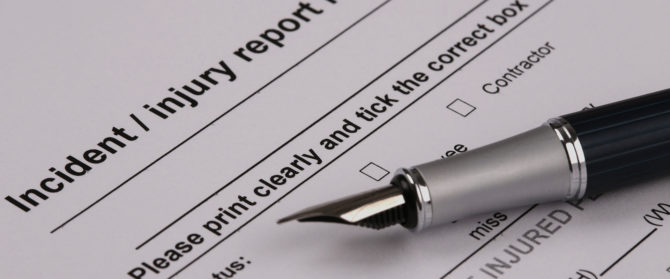5 most common Health and Safety regulations that apply to UK workplaces
A Guide to the 5 most common Health and Safety regulations that apply to UK workplaces
Maintaining a safe and healthy working environment is a shared responsibility between employers and employees. In the United Kingdom, a robust framework of health and safety regulations exists to ensure the well-being of workers and prevent workplace accidents. In this blog, we’ll explore the five most common health and safety regulations that apply in UK workplaces.
1. Management of Health and Safety at Work Regulations 1999
These regulations provide a framework for managing health and safety in the workplace. They require employers to conduct risk assessments, implement measures to control risks, and provide information and training to employees. The regulations emphasize the importance of collaboration between employers and employees in ensuring a safe working environment.
2. Workplace (Health, Safety and Welfare) Regulations 1992
These regulations focus on the physical aspects of the workplace to ensure the health, safety, and welfare of employees. They cover a wide range of issues, including the layout of the workplace, temperature, ventilation, lighting, cleanliness, and facilities such as rest areas and sanitary conveniences.
3. Health and Safety (Display Screen Equipment) Regulations 1992
These regulations are designed to protect workers who use display screen equipment (DSE) for extended periods. They require employers to assess and reduce risks associated with DSE use, provide breaks, and ensure that workstations are set up ergonomically. The regulations also mandate eye tests for employees who regularly use DSE.
4. Provision and Use of Work Equipment Regulations 1998
Commonly known as PUWER, these regulations aim to ensure the safe use of work equipment. Employers are required to assess and control risks associated with the use of work equipment, provide adequate training to operators, and ensure that equipment is properly maintained. The regulations cover a broad range of machinery and tools used in the workplace.
5. Reporting of Injuries, Diseases and Dangerous Occurrences Regulations 2013 (RIDDOR)
RIDDOR requires employers, the self-employed, and individuals in control of work premises to report specified workplace incidents. This includes serious injuries, certain occupational diseases, and dangerous occurrences. The regulations help authorities investigate and take preventive action to improve health and safety.
These regulations collectively establish a framework for managing health and safety in the workplace, covering various aspects such as risk assessments, work equipment, workplace facilities, and control of hazardous substances. Employers must be familiar with these regulations and take appropriate measures to ensure compliance, fostering a safe and healthy working environment for all employees.
Getting Started
As you have no doubt deduced this is no small undertaking and that’s where we can help. We offer a range of training courses and consultation services that will quickly bring you up to speed and make your workplace safer.
- Talk to us now – All our contact details can be found here.
- Health and Safety E-Learning Courses – Our comprehensive courses can be found here and will help you develop health and safety in your business.
About Us
Westminster Compliance was established to provide a more personal, proactive health and safety consultancy that would keep businesses working and compliant with ever-changing legislation.
Our presentations and training are interesting and fun because we want our clients to buy into health and safety, and definitely not to see it as a boring, unnecessary nuisance. We know that our best service is provided to small and medium sized organisations and have developed a system that works in most industries.
We stick with straightforward language, keeping away from jargon, and do not make ridiculous promises. Most importantly, we realise that we are working with human beings.




